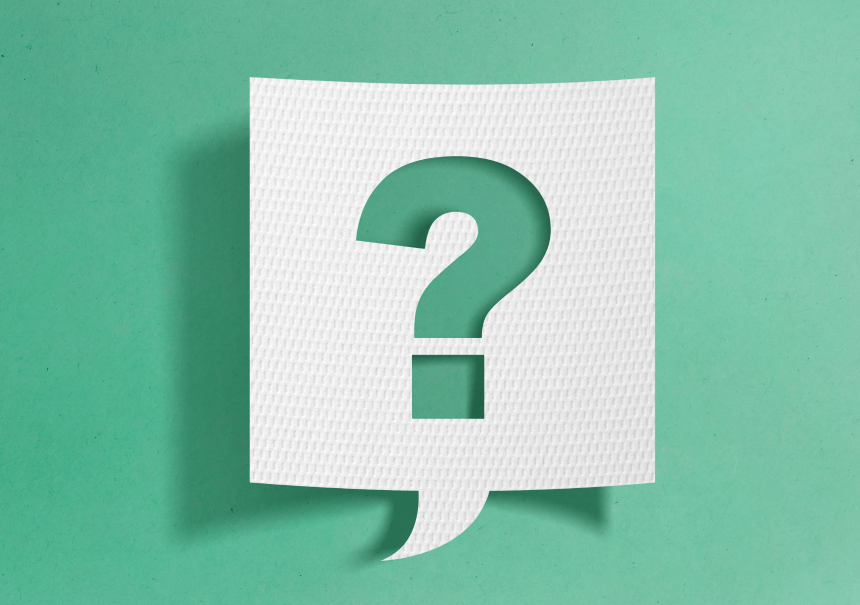Using a customer journey map to personalize your email marketing

Personalizing your email marketing is the key to increasing engagement and conversions with your audience. One of the most effective tools that can help with this is a customer journey map. This concept allows companies to better understand customer experiences and needs at different stages of their interaction with the brand. In this article, we will discuss what a customer journey map is, how it can be used to personalize email marketing, and how marketing automation can support this process.
What is a customer journey map?
A customer journey map is a visual representation of all points of contact between a customer and a company, from the first contact to purchase and subsequent support. It consists of various stages which may include:
– awareness: The customer learns about the existence of the brand or product.
– Consideration: The customer evaluates the various options and considers the purchase.
– decision: The customer decides to purchase a specific product or service.
– purchase: The customer finalizes the transaction.
– loyalty: The customer returns for subsequent purchases or engages in a loyalty program.
– support: The customer benefits from after-sales assistance and service.
How to use a customer journey map to personalize emails?
Using a customer journey map allows you to deliver the right content at the right time. Here are some steps on how you can achieve this:
Customer segmentation based on journey stages
The first step is to understand where each customer is in their journey. For example:
– Customers at the awareness stage may need more information about the brand and its products.
– Customers in the consideration stage may be interested in product comparisons and reviews.
– Customers at the decision stage may need additional incentives, such as discounts or guarantees.
Creating personalized content
Once you segment your customers, you can create content tailored to their needs at every stage. For example:
– For customers in the awareness stage, you can send informational emails presenting the brand’s history, values and unique product features.
– For customers in the consideration stage, you can prepare emails with detailed product descriptions, competitive comparisons and user reviews.
– For customers at the decision stage, you can offer emails with discount codes, free shipping or gifts with purchase.
Monitoring and analysis of customer behavior
Monitoring customer reactions to emails allows you to better understand their needs and tailor further communication. For example, if a customer opens emails related to product reviews, you can send them more of this type of content.
How can marketing automation support email personalization?
Marketing automation is a key tool supporting email personalization based on the customer journey map. Here are some ways this can help:
Automatic segmentation
Marketing automation enables automatic segmentation of customers based on their behavior and interactions with the company. Thanks to this, you can constantly update segments and adapt the content of e-mails to the current needs of customers.
Dynamic email content
Thanks to marketing automation, you can create e-mails containing dynamic content that automatically adapts to the recipient. For example, the email may contain product recommendations based on previous purchases or websites viewed.
Automatic email campaigns
Marketing automation allows you to create automatic e-mail campaigns that respond to specific customer actions. For example, if a customer adds a product to the cart but does not complete the purchase, the system can automatically send a reminder with a special offer.
Example: Online clothing store
Let’s imagine an online clothing store that uses marketing automation. Customers who visit the website for the first time receive welcome emails with information about the brand and current promotions (awareness stage). Customers who browse specific product categories receive emails with user recommendations and reviews (consideration stage). Customers who have added products to the cart but have not made a purchase receive reminders with discount codes (decision stage).
Summary
Using a customer journey map to personalize your email marketing allows you to deliver the right content at the right time, which increases engagement and conversions. Marketing automation supports this process by enabling automatic segmentation, creating dynamic content and automatic e-mail campaigns. Companies that effectively implement these strategies can expect greater customer satisfaction, higher loyalty and better sales results.



